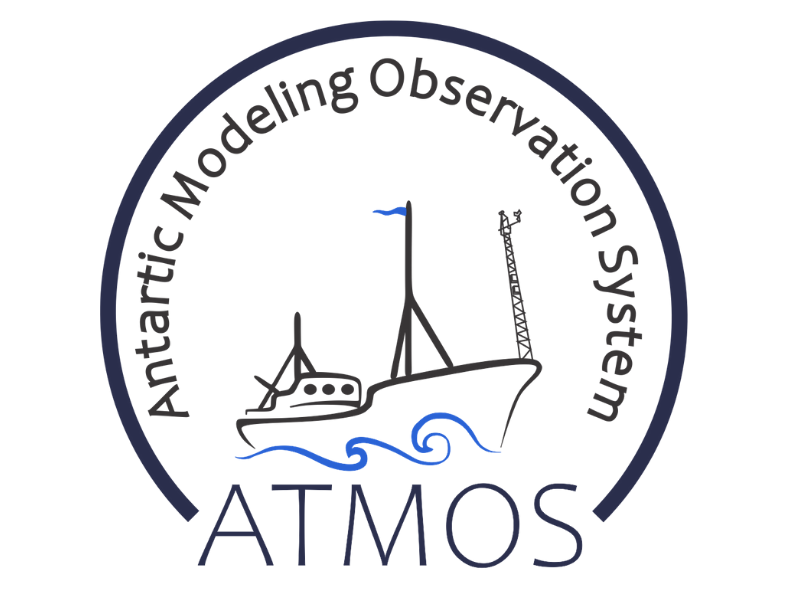
|

|
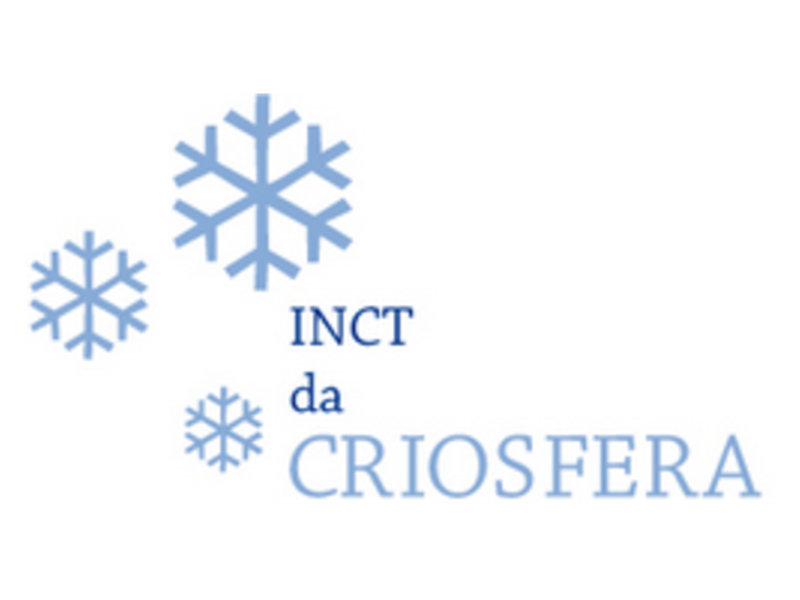
|
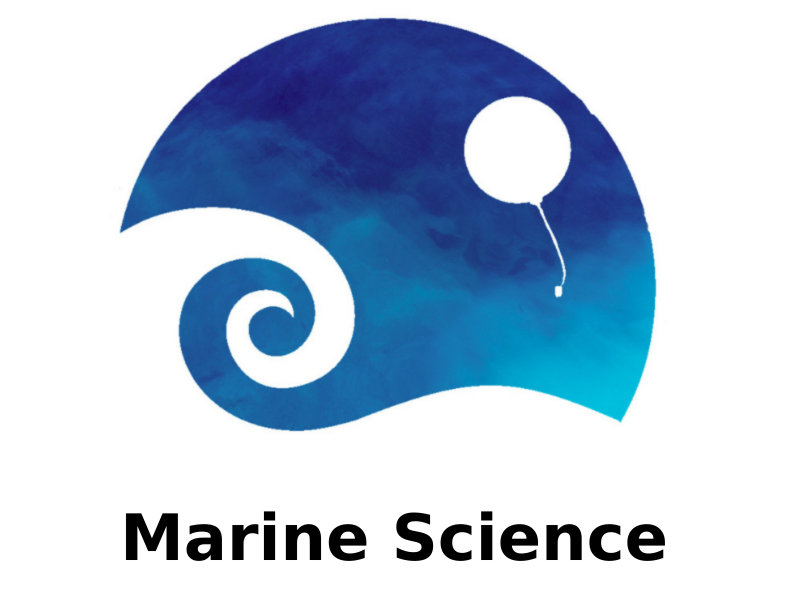
|
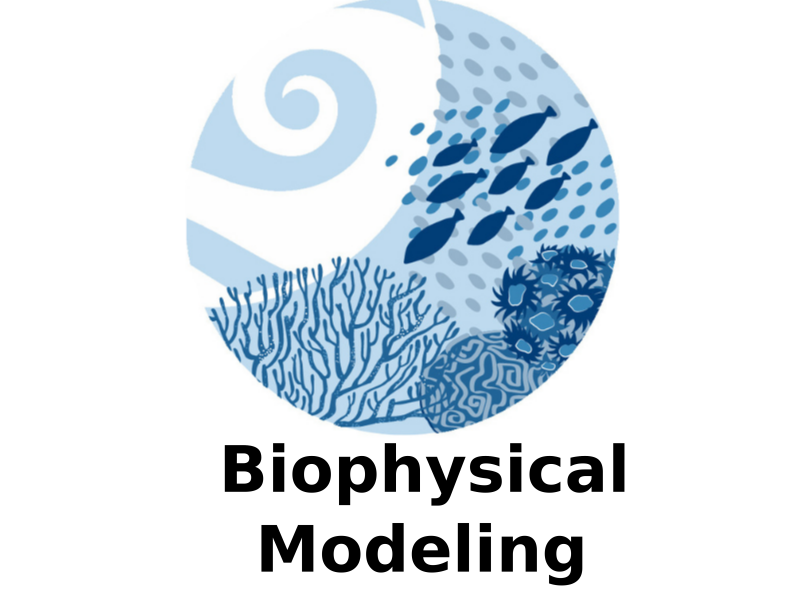
|
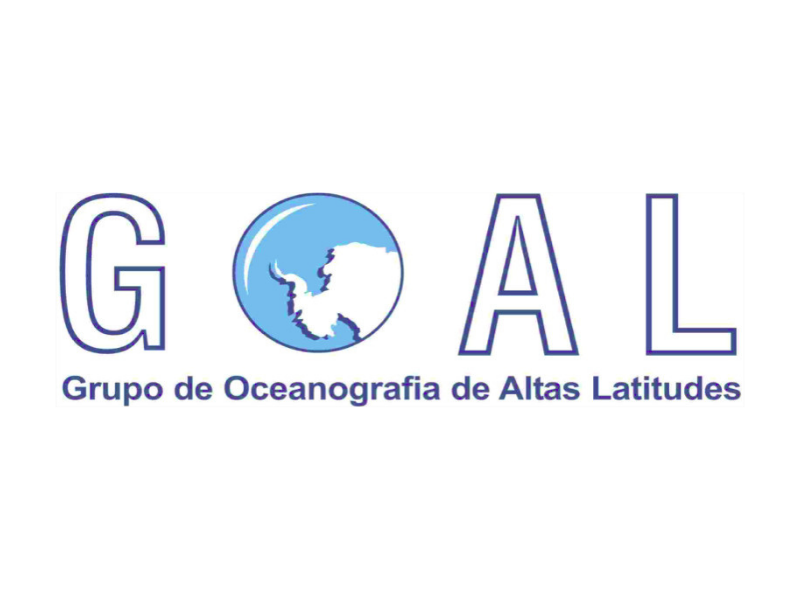
|

The Advanced Studies in Oceanography of Medium and High Latitudes project addresses the study of polar oceanography, the problem of ocean-atmosphere interaction and carbon dioxide (CO2) exchanges between these two media, and the synthesis of climate vulnerability with a focus on the Atlantic oceans South and South. The proposal is indebted to 4 main themes: Oceanographic Studies in High Latitudes, CO2 Fluxes and Acidification in the Southwest Atlantic and Atlantic Sector of the Southern Ocean, Teleconnections between High and Medium Latitudes considering the Ocean/Atmosphere Interaction in the Southwest Atlantic and Atlantic Ocean Sector Southern and finally Climate Vulnerability Synthesis in the Southern and Southern Atlantic Oceans. The proposal's main objective is to contribute to a better understanding of oceanic processes in medium and high latitudes of the South Atlantic and Austral oceans, looking for relationships between these processes and the climate.
The Federal University of Rio Grande (FURG) leads the research with coordinator generating Prof. Dr. Malhães Mata together with the Graduate Program (PPG) in Physical, Chemistry, and Geological Oceanography (CAPES level 5) and the PPG in Biological Oceanography (CAPES level 5). In addition, as a participating institution, we have the National Institute for Space Research (INPE) with the team's coordinator associated with INPE, Prof. Dr. Luciano Ponzi Pezzi, team leader of the Laboratory for Ocean and Atmosphere Studies (LOA). The PPG participating and associated with INPE is the Post-Graduate Program in Remote Sensing (CAPES level 7) and the Post-Graduate Program in Meteorology (CAPES level 6). In addition, it counts on the collaboration of other national universities such as Federal University of São Paulo (USP), Federal University of Santa Maria (UFSM), and Federal University of Paraná (UFPR).
LOA and INPE supported the project in terms of physical structure and technology, as it has several researchers' rooms, meeting rooms, a laboratory for the oceanography group, and an auditorium. INPE also maintains a central library with a collection of over 73,000 volumes, including books, theses, reports, and maps and over 160,000 issues of periodicals. In addition, INPE has a laboratory infrastructure in high-performance computing, the TerraME-Galileo-Integrated Environmental Modeling Laboratory. This system was named "Kerana". INPE also collaborates with the Meteorological Instrumentation Laboratory (LIM/CPTEC). LOA counts on the assistance of Postdoctoral, Doctoral, and Master's students at PGMet and PGSER/INPE and students with extensive experience in oceanographic studies in high latitudes acquired in the participation of other projects within the Brazilian Antarctic Program. The LOA will contribute to the training and improvement of human resources in meso and large-scale oceanography, ocean-atmosphere interaction, and ocean acidification, areas that are lacking in the universe of Marine Sciences in Brazil.
There are several results and impacts expected in the project, which are noteworthy. On the subject of oceanographic studies at high latitudes, it is expected to elucidate the recent observations of freshening of the Bransfield Strait bottom waters and the freshwater flow between the Antarctic continent and the adjacent ocean. Thus, the analysis of the interaction of oceanic processes and their relationship with climate change in the Antarctic Peninsula's surrounding region may help answer questions related to oceanic variability observed in a global context. On ocean acidification, it is expected to provide initial support for the definition of oceanic and coastal regions of the Brazilian coast that should be monitored to integrate the global network of international observation. In the short term, it is expected to adapt the Ocean and Climate Studies Laboratory's structure to carry out chemical analyses directly related to investigations into the causes and effects of ocean acidification. The proposal aims to provide input tools for biogeochemical simulations and investigate the respective output data in the short and medium-term. In the long term, the project is expected to contribute to monitoring biogeochemical parameters along the Brazilian coast.
In the subject of teleconnections between high and medium latitudes, it is intended to advance the understanding of the processes related to the modulation of the Atmospheric Boundary Layer in the Brazil-Malvina Confluence (CBM) both locally and by large-scale processes. In addition, it also seeks to understand the variability and anomalies of TSM fields, marine currents in the regions of the highest latitudes of the Atlantic and Austral oceans. The last theme, the objectives aim to understand in the South Atlantic Ocean and its Austral sector the impacts and processes associated with natural variability from state of the art in climate models of the Earth system, to effectively provide future climate change scenarios in high spatial resolution. These results should enable the development of long-term strategic planning for the environmental conservation of the study region.
